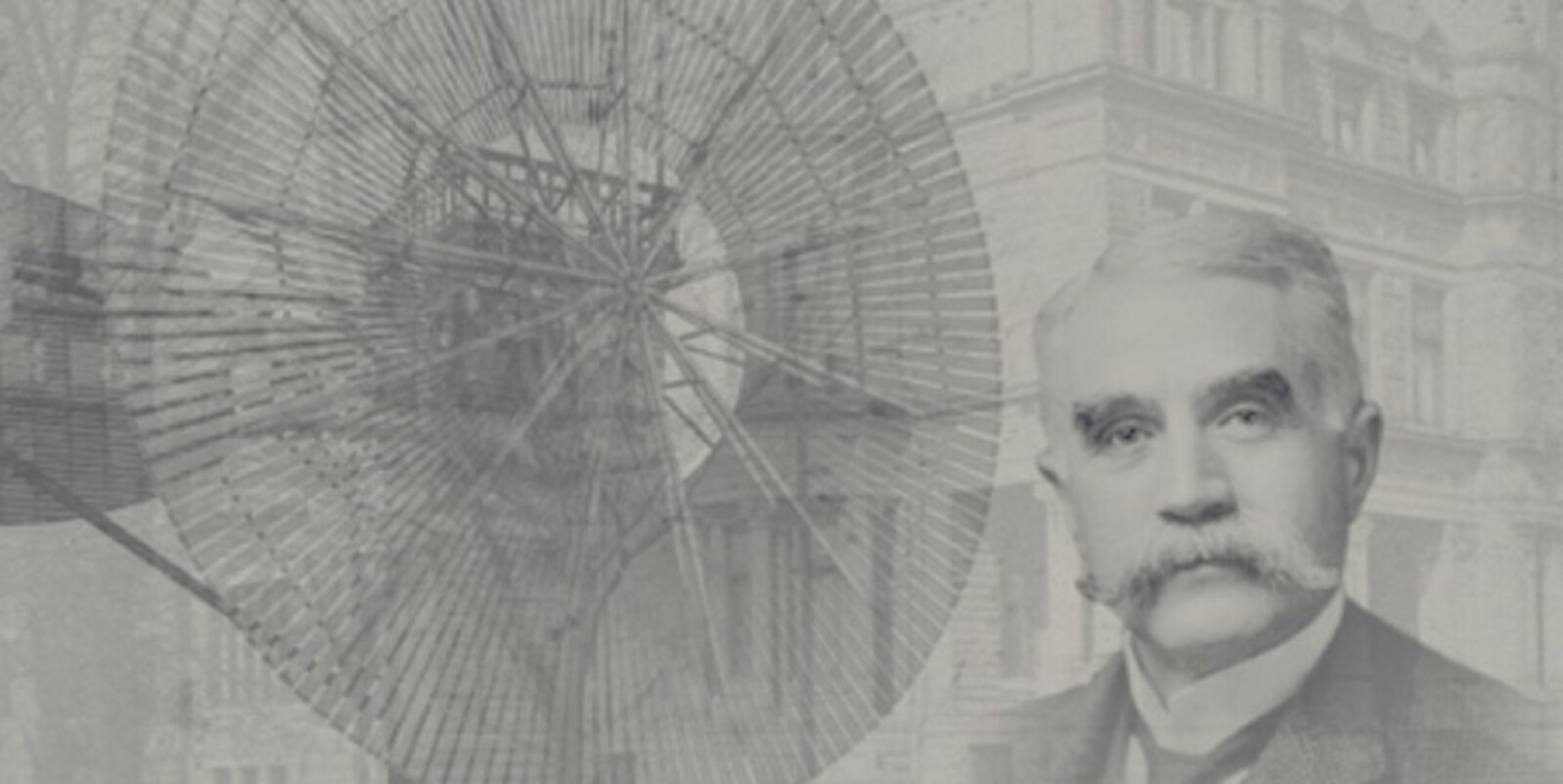1930s - Harnessing the Magic
Harnessing the Magic
1931
Capitalized with $500, Brush Beryllium Company was incorporated on January 9, 1931 in Cleveland, Ohio.
1933
With the first sale of beryllium oxide materials for use in radio tubes and other applications, the company recorded sales of $12,241.
1934
The first sale of copper beryllium was made to the American Brass Company.
1935
Production moves to Lorain, Ohio.
1936
Sales of copper beryllium grow to $65,000; Sales of copper beryllium enabled Brush to work on perfecting production of pure beryllium.
1939
The US government took an interest in beryllium for its top secret defense efforts.
1940s - World War II Hits Home
World War II Hits Home
1941-45
During WW II, Brush supplied more than half of the country’s copper beryllium requirements, used extensively in forged aircraft engine bushings and cast brake and clutch rings for Navy marine diesels for its strength and resistance to corrosion.
1947
Headquarters and R&D moves to Perkins Avenue in Cleveland, Ohio. Brush perfects powder metallurgy techniques to make pure beryllium over earlier cast form.
1948
A devastating fire occurred at the plant in Lorain, Ohio, causing $350,000 in damages and forcing Brush out of production of copper beryllium for the next five years.
1949
The Atomic Energy Commission (AEC) became the first significant user of metallic beryllium and beryllium oxide after research scientists discovered pure beryllium was the ideal material for enabling controlled atomic reactions.
1950s - Impact of the Atomic Age
Impact of the Atomic Age
1950
The Atomic Energy Commission contracted with Brush to build a pure beryllium plant in Luckey, Ohio which the company brought on line in 1950.
1953
Brush opens its Elmore, Ohio facility to replace alloy production lost at Lorain five years earlier. At its opening, the plant could produce 1.8 million lbs. per year.
1955
Annual sales quadrupled to $16 million by mid-decade, up from $3.6 million in 1950.
1956
Brush goes public with stock offering
1957
Brush purchases Penn Precision Products in Reading, Pennsylvania and enters the copper beryllium rolled products business
1958
Beryllium was discovered to be the ideal material for heat shields on early space capsules.
